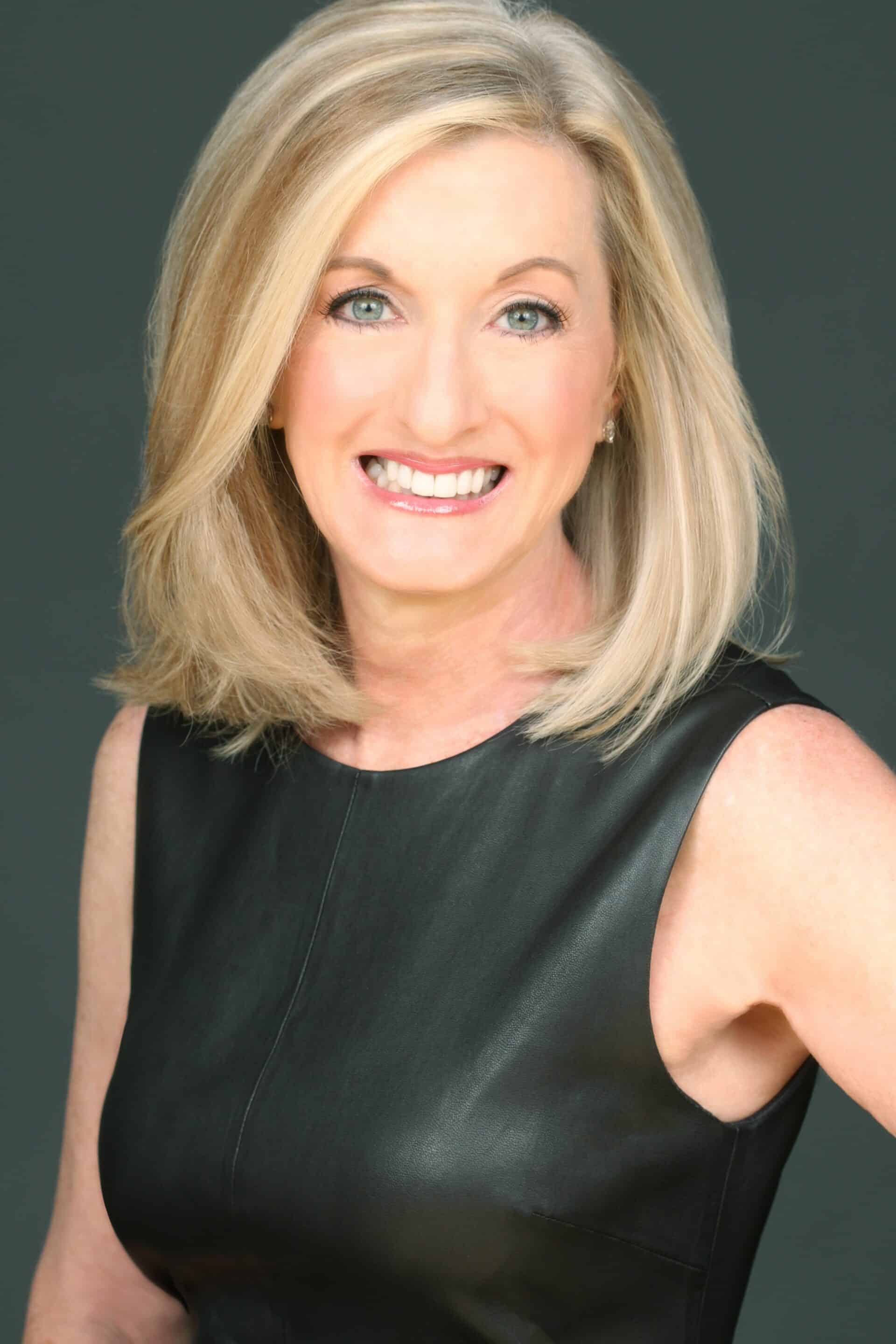
One of AI’s promises is to help us step back from the emotional weight we bring into conversations about faith—by educating us and helping us clarify what we mean to say when things get difficult.
Faith, by its nature, involves belief in something that cannot be proven or measured—it asks us to trust in the unseen.
Faith Shapes How We See the World
Conversations about faith aren’t easy. Faith runs deep. It shapes how we see the world—our values, decisions, and hopes. So, when someone questions what we believe, it can feel personal, even threatening.
Pain, anxiety, and the instinct to protect what matters most often get in the way of understanding. What could have been a thoughtful exchange turns tense. That’s where digital tools, designed with care, can help. They can refocus dialogue on shared values rather than friction.
Most faiths point us toward something better—heaven, enlightenment, peace with God.
Religion offers answers to life’s biggest questions:
- Why are we here?
- What happens when we die?
- How should we live?
The Tension Begins with Discussions about Eternity
But that’s often where the tension begins—where we differ in what comes after death, and how we think we get there. The idea that one path leads to salvation, and another doesn’t, isn’t always expressed with pride. It may come from love or concern. But it still creates distance. And unless we name that, we won’t build trust.
It gets even more complicated when we pile on layers—cultural rules, political stances, social expectations. These aren’t always part of the original belief, but get tangled up with it. And when those layers are pushed without context or grace, the focus shifts from the divine to debates over dress codes or doctrine.
That doesn’t have to be the end of the story. We can build something better, especially in digital spaces. When the design is thoughtful, people can speak with clarity and conviction without turning differences into threats.
The Role of Platforms and Content Creators
However, we must also be aware of how the digital world works. The same tools that connect us can also wall us off. Algorithms reward what’s familiar, reinforcing what we already think and sometimes driving state-sponsored disinformation. That’s true for geopolitics—and it’s true for faith. If we’re not careful, these spaces can deepen division instead of opening minds.
That’s why platforms and content creators have a role to play. They can build in context, offer historical grounding, and gently prompt users to consider another viewpoint. When it comes to matters of belief, misinformation doesn’t just confuse—it wounds. It targets and creates ill will, reinforcing prejudice.
Tools that encourage curiosity and care can protect truth and trust.
Be Honest About Bias
The first step is being honest about our biases. We all have them, but that’s not the issue. The real trouble starts when we act like we don’t. When we admit where we’re coming from and listen to others who see things differently, we create real understanding.
History offers cautionary tales. In 17th-century New England, the Puritans set out to build a community based on a covenant to live righteously together. But over time, fear and control took over. The Salem witch trials weren’t about God. They were mass hysteria based on superstition and a fear of the unknown. The message of God’s mercy and sacrifice got lost as a fragile society struggled to keep order.
If we want a better way forward, we need to start with trust—trust that most people’s beliefs come from a sincere place, even when we don’t share them. You can say, “I believe something different. But I still believe your faith matters.” That’s not weakness. That’s integrity.
Most faiths aim to lead us toward love, justice, and truth. The mess usually comes from fear, not from God. Used wisely, technology can remind us of that. And maybe even help us talk about faith in ways that heal instead of harm.
Five Prompts to Encourage Better Faith Conversations
- What values does this belief support, and how did those values evolve?
- How do different traditions approach the same issue or question?
- How might someone from a different background view another’s practice or tradition?
- What are the roots of what you perceive to be a controversial belief, and how has it changed over time?
- What would it look like to approach this conversation with thoughtfulness, diplomacy, and mutual respect?
These aren’t just prompts. They’re pathways to clarity and meaningful dialogue.













